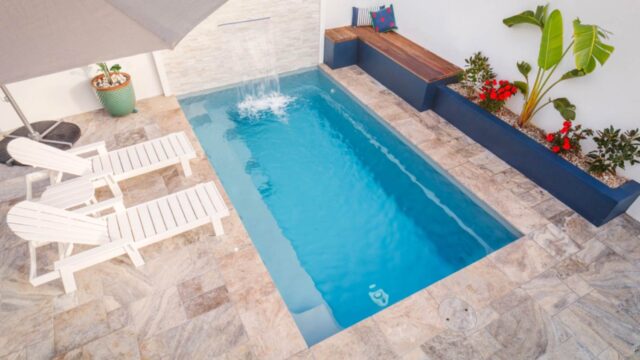
A pool is a hefty addition to your home, but also a great addition that will increase its price. If you’re thinking about adding a pool to your home, then look no further than this article.
Buying a pool can be a very tough decision. The main reason that makes the buying decision hard is the fact that there is more than one option when it comes to it.
Pools are made out of different materials, designs, and can have different sanitation options.
In this article, we are going to talk about all three factors that you should consider before building/buying a pool for your home.
Pool Designs
The first thing we look at pools is the design itself, so let’s take a deeper look into the issue.
In-Ground Pool
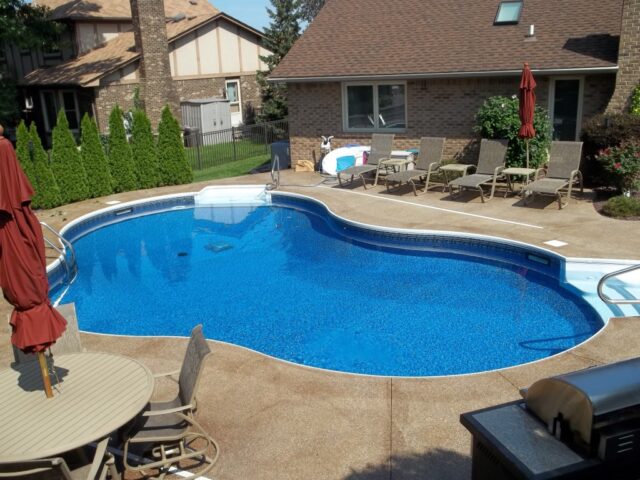
In-ground pools are the most common type of pools that countless families have in their own back yard. The purpose of this pool is to be a part of your home and something that will increase its value. A normal-sized in-ground pool will cost you anything between $30,000 and $60,000, and it also depends on the materials used for it. These pools can be highly versatile since the shape and form can be build depending on your desire. However, figuring out the cost of building one can be easily calculated. Since these pools cost around $50 per square foot of your design, all you need to do to calculate is to know the width and length of it. However, that’s not all as there are other costs involved such as building, materials, etc.
Pros:
- A functional pool that can be used by multiple people simultaneously
- Excellent source of entertainment
- Spacey
- Build to last long
Cons:
- Requires more space
- Requires more maintenance
- More expensive
Above Grounds Pool
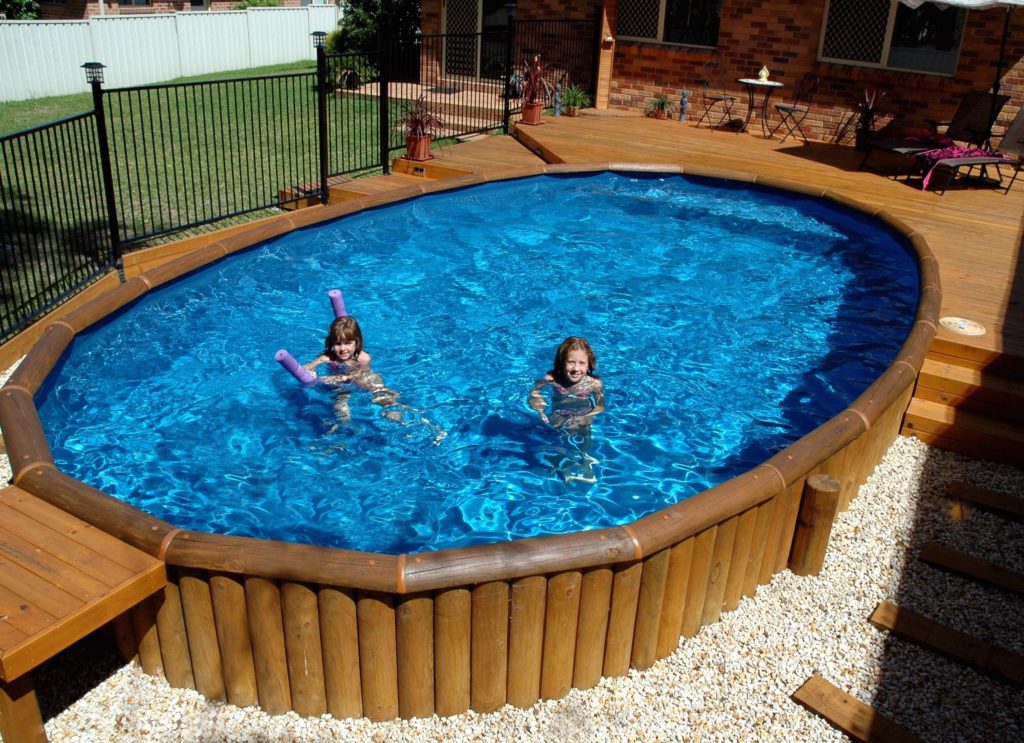
An above grounds pool is a more economical solution to your swimming needs. This type of pool costs much less, requires much less maintenance, and installation can cost anything from $1,000 to $2,000. They call this type of pool the “IKEA of Pools” since you usually buy it and assemble it yourself. An above grounds pool can also be purchased pre-built, but that could be a problem for transportation.
Pros:
- Less expensive solution than an in-ground pool
- Requires less maintenance
- Easier to protect and shelter during the winter
- Option for removing
Cons:
- Doesn’t add to the price of your home
- Can be poorly made
- Typically much smaller
- Usually, you need to assemble it yourself
Lap Pools
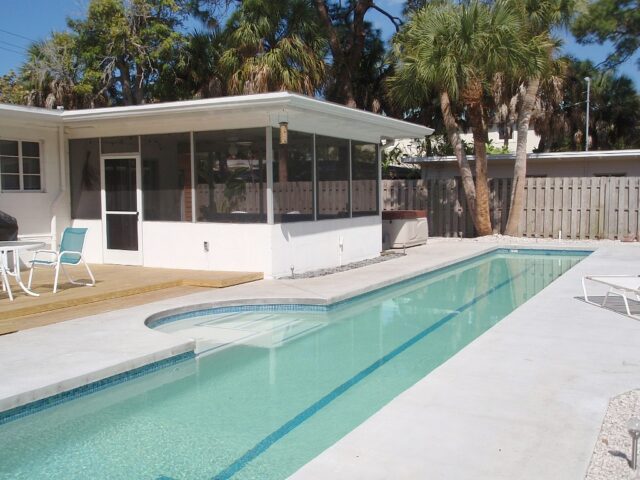
The purpose of a lap pool is to be big enough that you can swim laps for exercise. This is the least popular residential pool option as it costs the most, needs to be at least 45’ long with a width of 8’ and depths of 3 & ½’ deep. So naturally, not many people have lap pools in their homes and those that do have them serve this specific purpose. We mentioned that these pools cost the most; a whopping $65,000 on average.
Pros:
- They serve a specific purpose for exercising your swimming
- Nice backyard feature
- The unique shape makes this pool a fit for most homes
Cons:
- Performs poor for entertainment and pool parties
- No as good resale value as an in-ground pool
- Requires the same maintenance as an in-ground pool
- Costs much more than an in-ground pool
Material Options
When it comes to pools, you can choose from up to three options for the material.
Fiberglass
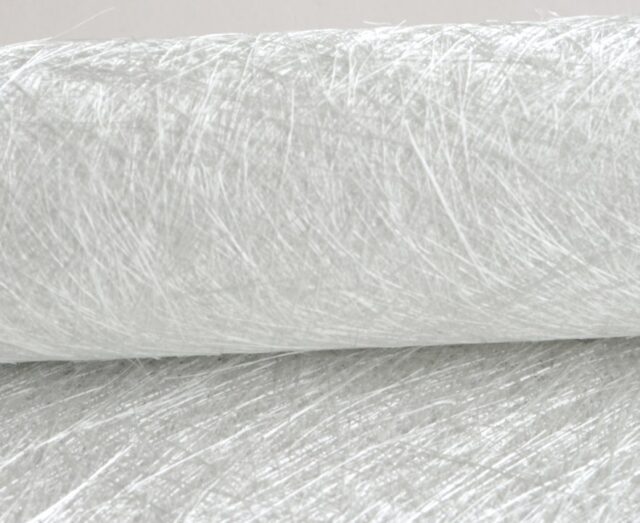
As suggested by this website, a fiberglass pool is the quickest to install out of all three options we’re going to mention. These pools can cost you anything from $50,000 to $80,000 for installation, but the maintenance will cost you the least out of all three options. It is predicted that over a period of ten years, a fiberglass pool will cost you anything under $4,000. That means anything under $400 per year on maintenance costs.
Pros:
- The surface of a fiberglass pool is made in a way that it prevents algae growth
- The maintenance costs are very low
- Fast installation
- Very durable
- Compatible with a salt sanitation system
Cons:
- Needs to be refinished after 10 years
- More expensive
- If installed badly the pool can crack or bulge
- Slippery surface
- The size or shape cannot be customized to your liking.
Concrete
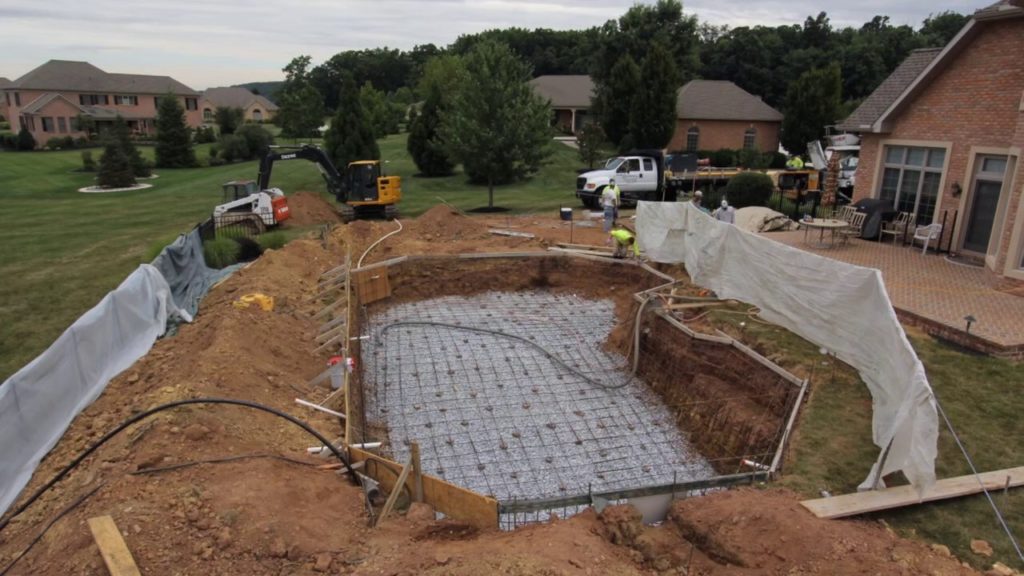
A concrete pool has the highest lifespan out of any pool material out there. However, a concrete pool will also cost you the most, a rough estimate would be anything between $55,000 and $100,000. Another dent to your budget is the fact that this pool costs the most to maintain over 10 years, with average costs going up to $25,000 over 10 years. That makes it on average $2,500 per year.
But this pool is the most durable option out there and can be made into any shape or design you like.
Pros:
- Can be customized to any shape or design
- The most durable solution
- Will last the longer if you maintain it properly
Cons:
- Will cost you the most both to install and to maintain
- Requires weekly maintenance
- Isn’t compatible with a salt sanitation system
- Can grow algae on its surface
- Requires resurfacing every 15 years
- The surface can scratch you while in the pool or swimming
- The installation process is very slow
Vinyl
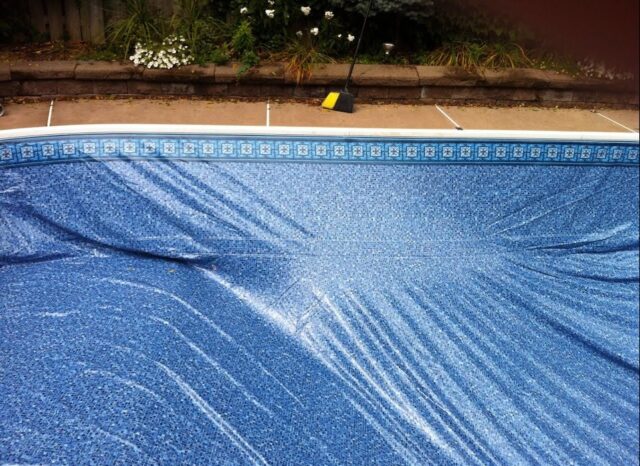
The last pool material on our list is vinyl. The installation costs for vinyl cannot be compared to the likes of fiberglass or concrete; a rough estimate of around $30,000 to $50,000. However, maintenance costs over a 10 year period puts vinyl on 2nd place behind fiberglass; a rough estimate of around $12,000 or $1,200 each year.
Pros:
- Low installation costs and low maintenance costs
- Can be customized into any shape or design
Cons:
- The material can easily break
- Needs replacing every 10 years
- Can grow algae
- Can be slippery







